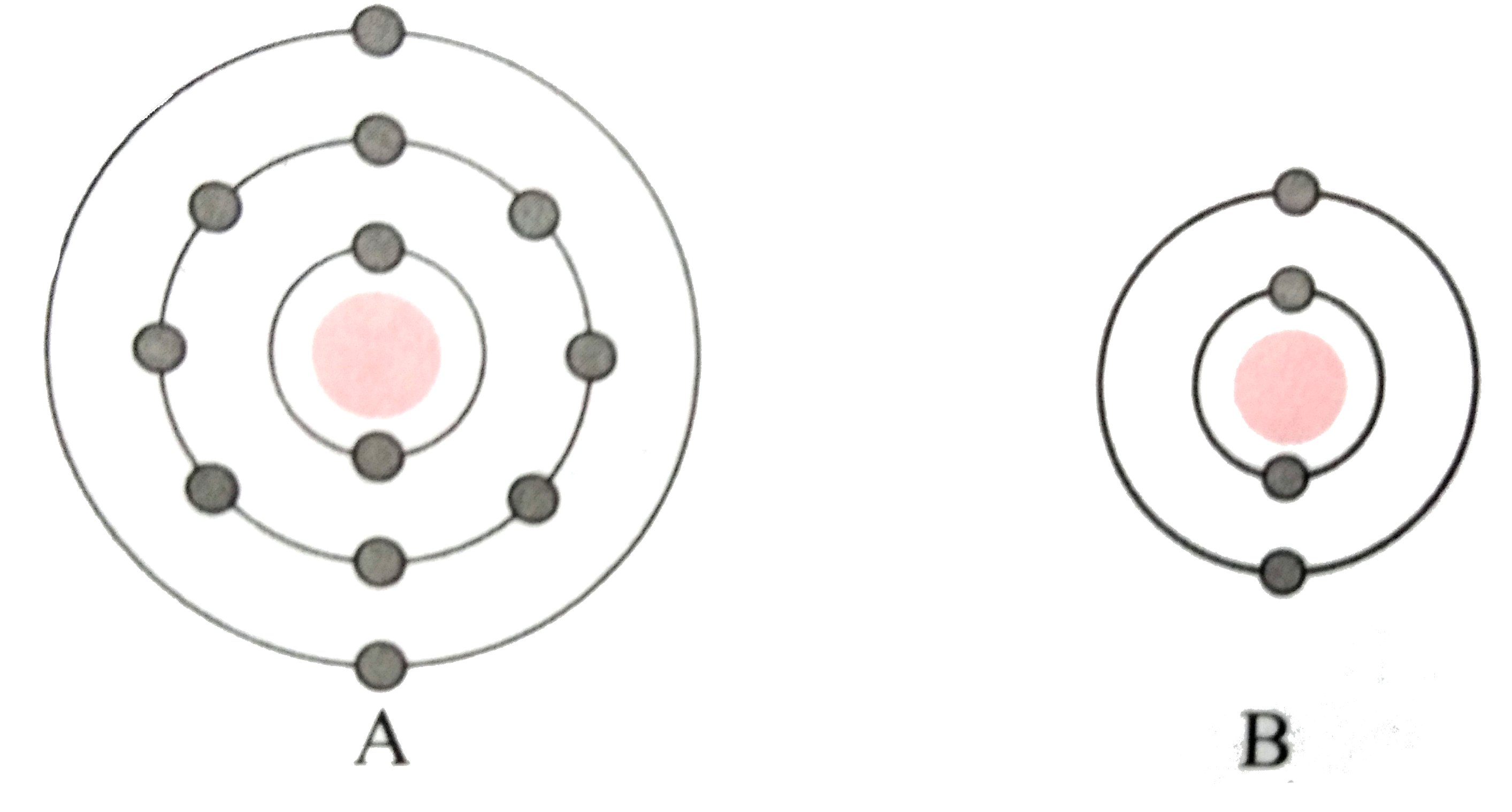Elemental composition of living organisms and that of inanimate objects are similar in the sense that all the major elements are present in both. Then what would be the difference between these two groups? Choose the incorrect answer from the following.
Living organisms have more nitrogen in them than inanimate objects.
Inanimate objects have more silicon than living organisms.
Living organisms have more magnesium than inanimate objects.
Inanimate objects have more sodium than living organisms.
The correct Answer is:C
Living organisms have more magnesium than inanimate objects.
Similar Questions
It is said that elemental composition of living organisms and that of inanimate objects (like earth's crust ) are similar in the sense that all the major elements are present in both. Then what would be the difference between these two groups ?
Choose a correct answer from the following.
View SolutionAtoms of two different elements are represented in the following diagram.

Do these elements belong to the same group ? Justify your answer.
View Solution
Knowledge Check
It is said that elemental composition of living organisms and that of inanimate objects (like earth's crust ) are similar in the sense that all the major elements are present in both. Then what would be the difference between these two groups ?
Choose a correct answer from the following.ALiving organisms have more gold in them than inanimate objects.BLiving organisms have more water in their body than inanimate objects.CLiving organisms have more carbon, oxygen and hydrogen per unit mass than inanimate objects.DLiving organisms have more calcium in them than inanimate objects.It is said that elemental composition of living organisms and that of inanimate objects (like earth's crust ) are similar in the sense that all the major elements are present in both. Then what would be the difference between these two groups ?
Choose a correct answer from the following.ALiving organisms have more gold in them than inanimate objects.BLiving organisms have more water in their body than inanimate objects.CLiving organisms have more carbon, oxygen and hydrogen per unit mass than inanimate objects.DLiving organisms have more calcium in them than inanimate objects.The difference between simple interest and compound interest on a sum of Rs 20,000 for two years is Rs 112.50. What is the annual rate of interest? Choose the correct answer from the following options:
A6%B7.5%C8.5%D8%
Use the periodic table to answer the following questions.
a. Identify an element with five electrons in the outer subshell.
b. Identify an element that would tend to lose two electrons.
c. Identify an element that would tend to gain two electrons.
d. Identify the group having metal, non-metal, liquid as well as gas at the room temperature.
View SolutionUse the periodic table to answer the following questions.
a. Identify an element with five electrons in the outer subshell.
b. Identify an element that would tend to lose two electrons.
c. Identify an element that would tend to gain two electrons.
d. Identify the group having metal, non-metal, liquid as well as gas at the room temperature.
View SolutionUse the periodic table to answer the following questions.
a. Identify an element with five electrons in the outer subshell.
b. Identify an element that would tend to lose two electrons.
c. Identify an element that would tend to gain two electrons.
d. Identify the group having metal, non-metal, liquid as well as gas at the room temperature.
View SolutionPASSAGE-II : The percentage composition of elements in a compound is calculated from the molecular formula of the compound. The molecular mass of a compound is calculated from the atomic masses of the various elements present in the compound. The percentage of mass of each element is then calculated by the help of the following relation. Percentage mass of the element in the compound =Mass of the elementMass of the compound×100
What is the percentage of calcium in calcium carbonate?
View SolutionThe main group elements i.e. representative elements complete their electron configuration using s and p electrons in the periodic table. These elements range from the most metallic to the most non-metallic with intermediate properties, the semi-metals, in between .The elements which occur at the two extremes of the periodic table are highly reactive and therefore, these highly reactive elements do not occur in free state : they usually occur in the combined forms.
Beryllium and aluminium exhibit many properties which are similar, but, the two elements differ in :
View Solution
